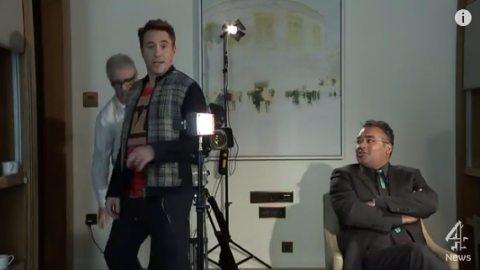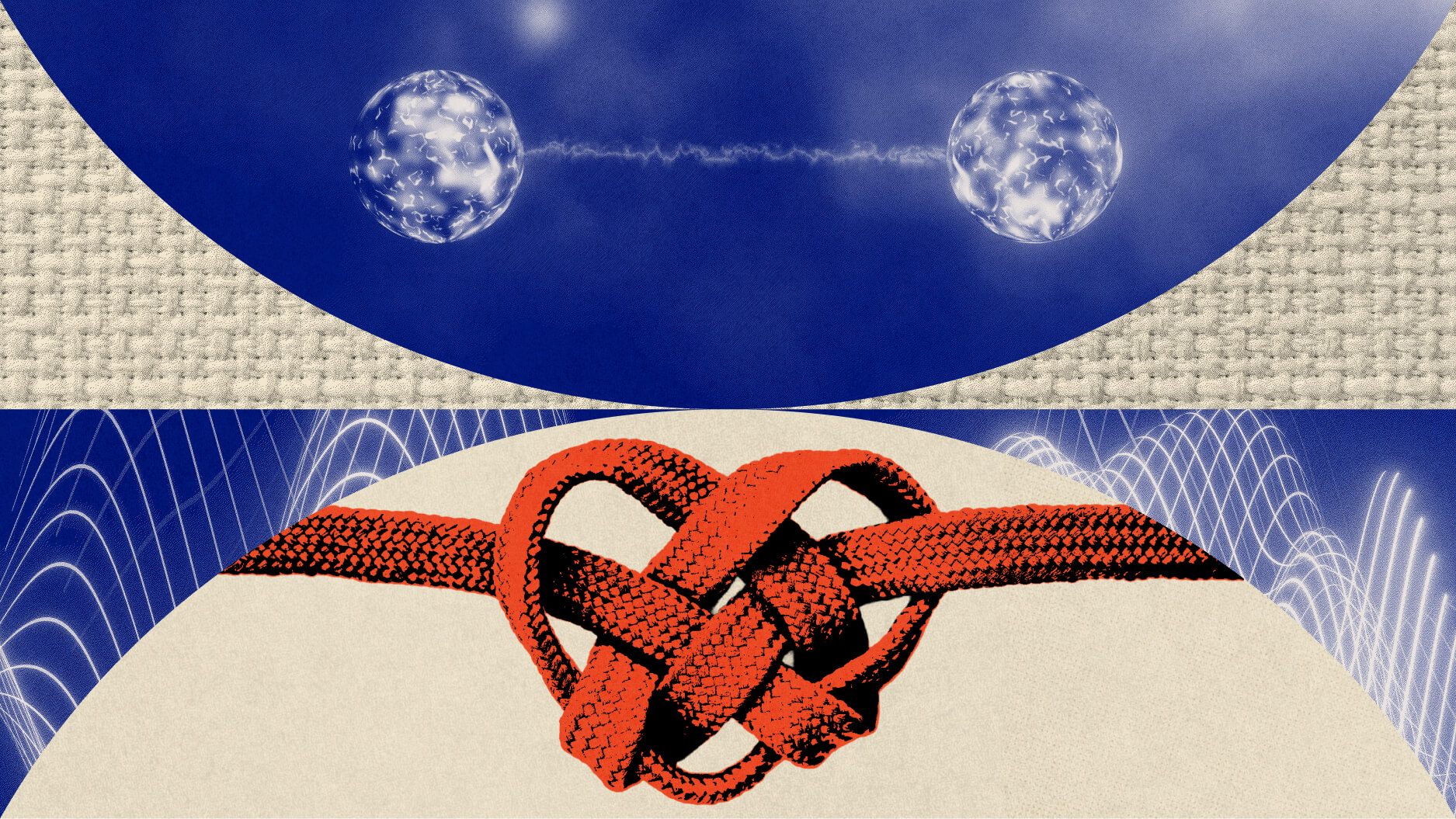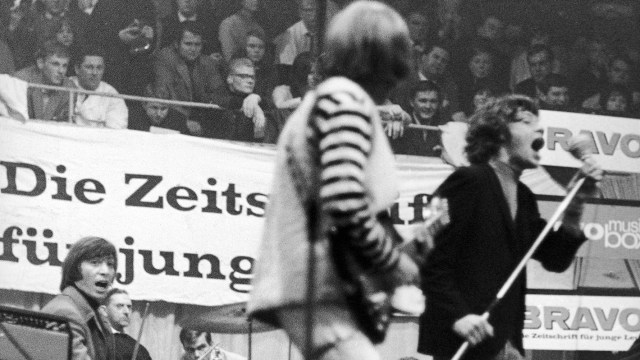Human Chemistry: Can You Create It at Work?

Robert Downey Jr.’s interview this week with reporter Krishnan Guru-Murthy of Channel 4 in the United Kingdom is drawing much attention there. Downey stood up and left the interview, ostensibly intended to promote The Avengers: Age of Ultron. Questions had veered toward his personal life and past problems. The interview provides an opportunity to examine how badly communication can go when there is a lack of chemistry between two people.
Interpersonal chemistry, a sense of attraction or mutual interest between two people, has long been a target of communication research. Factors that contribute to positive chemistry include physical attractiveness, proximity, responsiveness, similarity, and reciprocal liking. Mood, timing, and setting also contribute to chemistry, either positively or negatively.
When you watch the video, you will see that Downey appeared to be going through the motions. He was distracted, at best. Perhaps he was not in the mood for an interview. He frequently glanced away from the interviewer. His apparent defensiveness and discomfort signaled a lack of rapport with the interviewer. It could be argued that Guru-Murthy failed to read these cues, and that he transitioned too abruptly into raising personal questions. But, as in all relationships, it takes two people to create a disaster.
We’ve all experienced situations like this at work. You walk into a meeting and the other person looks like he or she is having a bad day. Often the tone is off. Tone is essential to establishing enough comfort with another person to accomplish your goals in a meeting. Once an uncomfortable tone is established, it takes an observant and skilled communicator to reset it.
Assuming you can’t simply offer to meet at a better time, here are some tone tips to help you observe and alter the chemistry between yourself and another person, particularly at work:
(1) Be sure to arrange the meeting in a location conducive to a relaxed conversation. A windowless or undecorated room can be a chemistry killer. Avoid a room that is too hot or too cold or one with uncomfortable or poorly arranged furniture.
(2) Establish some rapport at the start of the meeting. Even when two people have worked together for years, indicating an interest in the other is important. Rushing into the issue at hand often causes problems. In many companies, there is a tendency to quickly dispense with this aspect of talk. “How are the kids?” abruptly segues into the business at hand. Sometimes time pressures exist. Sometimes we imagine them. To pay attention to another person’s state of being — whether by asking about family, recalling the other person’s hobby, or offering some positive news — is to offer a gift that tends to elicit reciprocity.
(3) Notice whether the other person is distracted or appears to be closed off from the type of discussion you have in mind. Consider actually addressing that discomfort, injecting humor, or managing your own demeanor to create a more relaxed atmosphere.
(4) Every conversation has choice points, where observant communicators can alter tone and direction. Remaining attentive to when your conversation could benefit from a temporary diversion — perhaps away from a serious topic toward recalling past, positive working situations — can help you introduce some comfort and rapport into a situation that at first may appear bereft of personal chemistry.
The Downey interview is well worth watching. Putting aside blame on either party, look at the many clues along the way indicating the event is not going well. Either man could have steered the tone of the conversation away from the unfortunate outcome.
Guru-Murthy did make some efforts, but you can decide whether they were early enough and adequate to the task. Note how aspects of the location and time spent to establish initial rapport were overlooked. Choice points where the tone and topic might have been changed were disregarded. It’s an excellent case study — perhaps even better than the movie!
Kathleen also blogs here.





